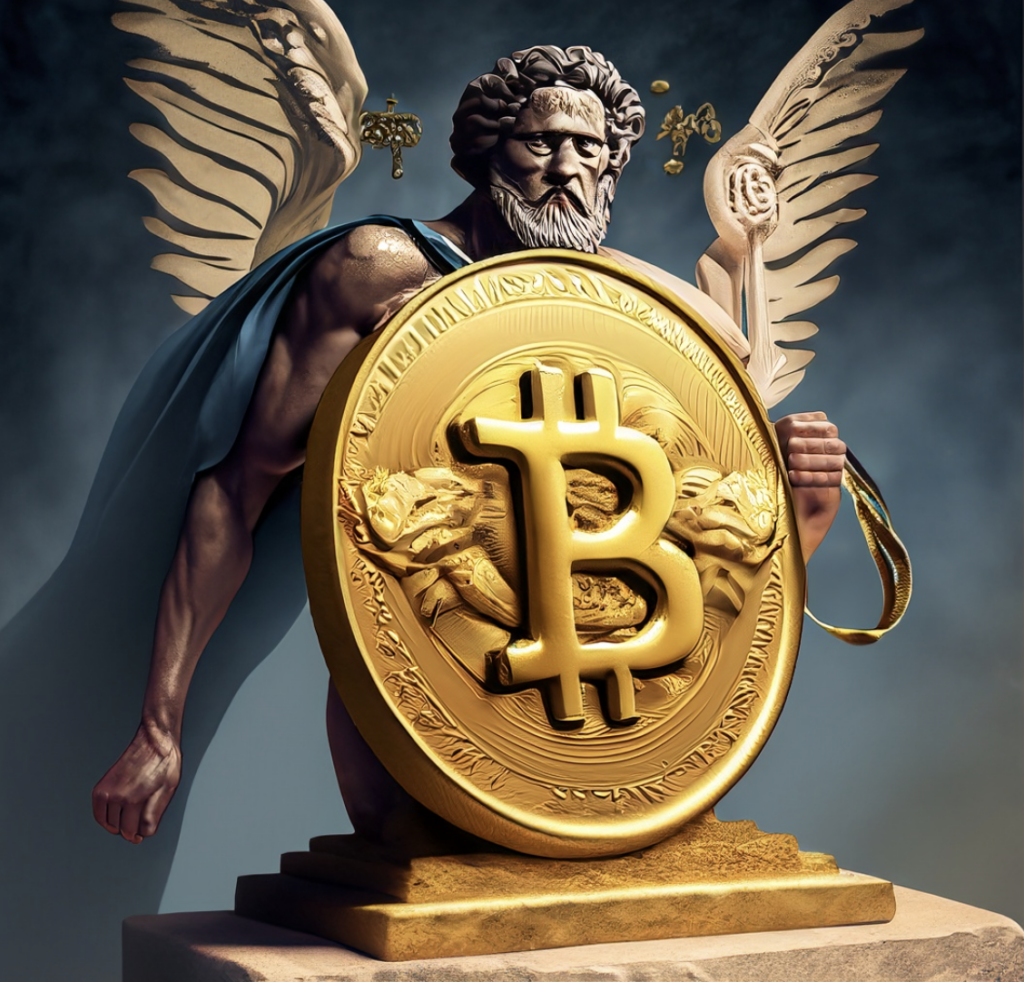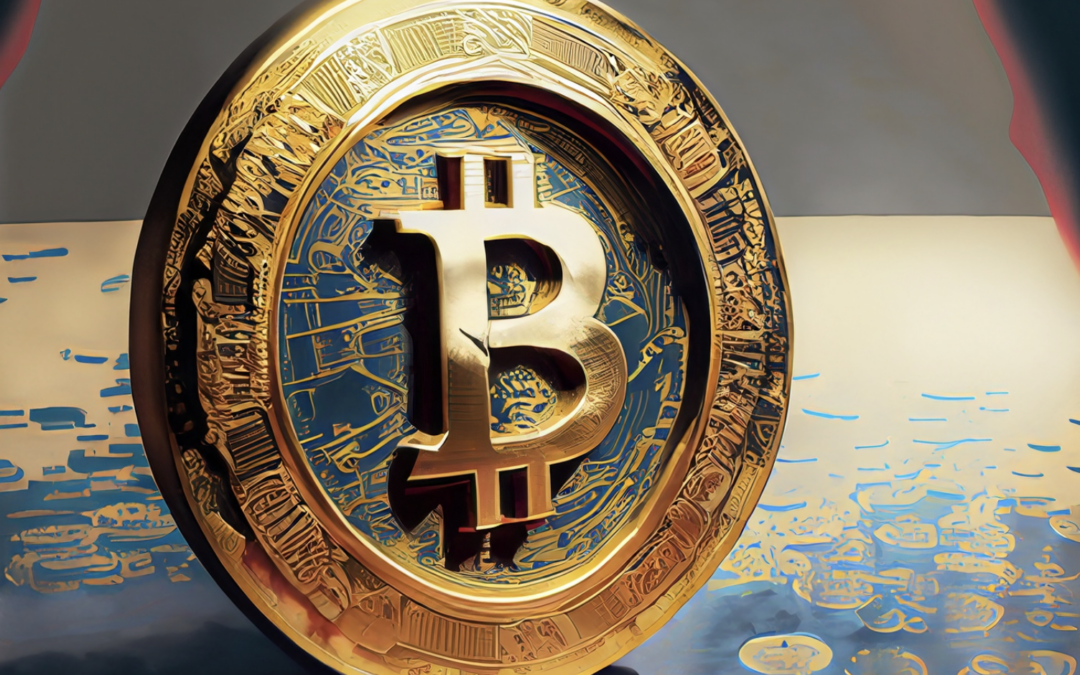In the rapidly evolving world of blockchain and cryptocurrency, Non-Fungible Tokens (NFTs) have emerged as a groundbreaking concept, revolutionizing the way we perceive and interact with digital assets. Among the various NFT projects, Ordinals Bitcoin NFTs stand out as a unique and innovative player in this thriving ecosystem. In this blog post, we will explore the fascinating world of Ordinals Bitcoin NFTs and delve into the potential they hold for shaping the future of the digital economy.
What are Ordinals Bitcoin NFTs?
Ordinals Bitcoin NFTs are a collection of exclusive and limited edition digital assets that exist on the Bitcoin blockchain. As NFTs, each token represents a one-of-a-kind item or piece of content, making them indivisible and irreplaceable, unlike traditional cryptocurrencies like Bitcoin or Ethereum. This exclusivity and scarcity of Ordinals Bitcoin NFTs contribute to their intrinsic value and appeal to collectors and enthusiasts alike.
How are they possible?
Ordinals have become a reality through the synergy of critical upgrades within the Bitcoin protocol. The journey started with the implementation of Segregated Witness (SegWit), a pivotal update that restructured transaction data storage and increased block capacity.
This was soon followed by the Taproot upgrade, a significant advancement that amplifies privacy, scalability, and the potential of smart contracts through the integration of Schnorr signatures. These signatures enable multiple signers in a single transaction, while also minimizing blockchain space, resulting in more streamlined and efficient transactions.
Bitcoin’s Ordinal Theory Handbook is also one of its key foundations. Because it’s stated that individual satoshis possess the capacity to be inscribed with arbitrary content, generating distinctive Bitcoin-native digital artifacts that can be stored within Bitcoin wallets and transferred via Bitcoin transactions. These inscriptions maintain the qualities of durability, immutability, security, and decentralization inherent to Bitcoin itself.
The Unique Concept of Ordinals
What sets Ordinals apart from other NFT projects is their innovative approach to representing them in the blockchain world. Ordinals are a fundamental mathematical concept that denotes the position of an element in a sequence, represented by cardinal numbers such as first, second, third, and so on. Ordinals provide a creative way to express the uniqueness and rarity of each NFT in the collection, adding a layer of elegance and sophistication to the digital assets.
They also come at a significantly lower cost compared to employing a smart contract. This aspect holds particular significance for Bitcoin, a blockchain where costs and block space are constrained resources. By solely inscribing raw data, the process becomes notably streamlined, unveiling a captivating facet of Ordinals’ uniqueness.

The Rarity Factor
Bitcoin NFTs embrace the scarcity element inherent in the concept of ordinals. Each token in the collection holds a specific ordinal number, signifying its position within the limited series. For instance, the first token in the collection is represented as “Ordinal #1,” making it an iconic and sought-after asset among collectors. Those are the rare sats, also known as exotic or unique sats, because they hold special significance.
Notable examples include sats from the historic 10,000 BTC pizza transaction in 2010 and sats from Block 9, mined by Satoshi Nakamoto. The Ordinals creator, Casey Rodarmor, introduced rarity tiers like Uncommon and Rare. Combining these rare sats with inscriptions adds an intriguing artistic dimension.
Find out why collectibles, digital art and rare things are on trend now by reading this full article.
Minting and Marketplaces
The process of creating Bitcoin ordinals, also known as minting or inscribing, distinguishes itself from the well-established NFT minting on the Ethereum blockchain. Mining Bitcoin ordinals is technically intricate and lacks user-friendly tools compared to Ethereum. Initially, mining ordinals required running a Bitcoin node with the ord app and a command line wallet.
However, recent advancements have led to no-code applications that simplify the process. These tools guide users with a friendly interface that is more accessible for non-technical users. Despite being in the early stages, the ecosystem is evolving rapidly, driven by increasing demand. As more ordinary users join, the tools and marketplace experiences for Bitcoin ordinals are expected to become more sophisticated and user-friendly.
For those interested in create a inscription or buy an Ordinals here some marketplaces and tools that stand out:
- Gamma: No code launchpad for inscriptions
- Magic Eden: A user-friendly marketplace
- Ordswap: The first trustless Ordinals Marketplace
- Ordinals Wallet: Ordinals market and wallet
- UniSat Wallet: An all-in-one solution for wallets, shopping, and inscribing
- Ordinal Hub: Browse collections across all marketplaces
- Ordinal Bot: A bot created by the Satoshibles NFTs
Collectibility and Community
Ordinals have gained a devoted and vibrant community of collectors, traders, and enthusiasts. The limited nature of the collection fosters a sense of exclusivity and camaraderie among the community members. The pride of owning a unique ordinal token, combined with the engagement within the community, contributes to the growing popularity of Ordinals Bitcoin NFTs. Even Vitalik Buterin, has mentioned Ordinals as an “organic return of builder culture” to Bitcoin.
Another aspect of the community is that within this realm collectors have spontaneously established groups centered around low inscription numbers, essentially forming unofficial collections. These clubs, such as the <100 Club, <1K Club, <10K Club, and <100K Club, hold unique significance despite encompassing various inscription types. Interestingly, each club maintains its distinct floor price.
The Future Potential
As the NFT space continues to evolve, the potential for Ordinals Bitcoin NFTs is boundless. The combination of the unique ordinal representation, the underlying Bitcoin blockchain’s security, and the growing interest in digital assets positions Ordinals as a promising project with long-term value. Moreover, as NFTs infiltrate various industries like art, gaming, music, books, DNS (Domain Names) and more, Ordinals Bitcoin NFTs have the potential to expand their influence beyond the cryptocurrency realm.
Conclusion
Ordinals, Bitcoin NFTs are revolutionizing the concept of digital ownership and infusing an artistic and mathematical dimension into the realm of blockchain technology. Their innovative representation of ordinal numbers creates exciting possibilities for the future of NFTs, attracting a fresh cohort of collectors and driving the broader adoption of blockchain-based assets. As this pioneering initiative gains traction, its creator, Casey Rodarmor, has founded the Open Ordinals Institute to propel this ecosystem forward and foster developments.
Ready to explore the limitless potential of blockchain and digital assets? Dive into the captivating world of Ordinals Bitcoin NFTs and witness the transformation of digital ownership. At inMind Software, we’re dedicated to guiding you through this revolutionary landscape. If you’re looking to harness the power of blockchain technology or delve into the realm of NFTs, reach out to us today and embark on an exciting journey of innovation and exploration.
Find out what’s possible for your business by scheduling a free 30-minute consultation with Omar. Are you curious to see what technology can do for your business? Or, do you already have a vision and need someone to come alongside you to make it a reality?
Our co-founder, Omar Saadoun, is a leading expert in emerging digital technology whose passion is to help business owners like you realize the limitless possibilities of tech.

 Co-Founder & CEO @ Inmind - Blockchain & Mobile Expert | DAO / Tokenization / Web3 | CTO @ Brainstems (Former TIEX) | Board Member @ CUTI
Co-Founder & CEO @ Inmind - Blockchain & Mobile Expert | DAO / Tokenization / Web3 | CTO @ Brainstems (Former TIEX) | Board Member @ CUTI